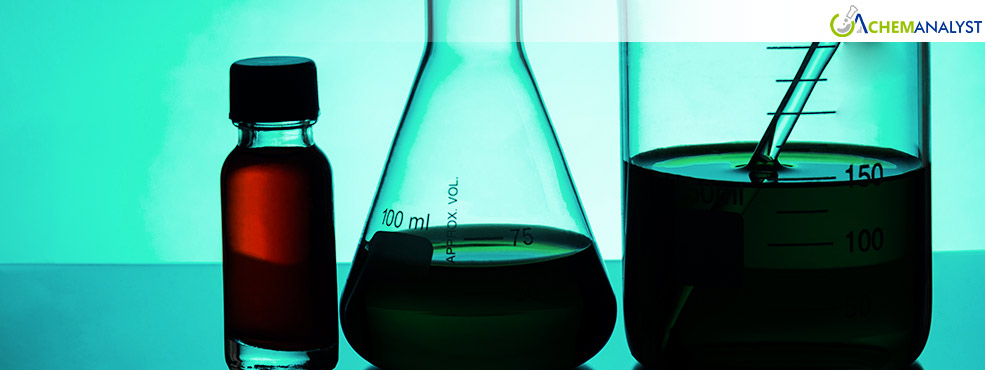Welcome To ChemAnalyst

The global glycerine market is experiencing massive price increases in top production regions, with Malaysia, Indonesia, and Germany all observing hikes during April and Early-May 2025. The major chemical, essential for pharmaceutical goods, cosmetics, food processing, and the production of biodiesel, has been witnessing constant price increases supported by tight supply positions and persistent industrial demand. Pharmaceutical and cosmetic companies are facing higher costs as prices of glycerine increase in Malaysia, Indonesia, and Germany because of supply deficits and high demand.
Indonesia's glycerine market has demonstrated steady upward trend throughout April, as crude and refined glycerine prices have climbed steadily. This is primarily as a result of strong domestic demand in key industries coupled with ongoing supply shortages. The depreciation of the Indonesian Rupiah versus the US Dollar has also served to further exacerbate the price increase, as logistical problems, particularly congestion at Tanjung Priok Port in late April, exacerbated the situation.
The Indonesian market remains showing its resilience amidst declining palm oil prices. That suggests that consumption trends in the country are having more impact on glycerine pricing than global feedstock costs.
Malaysian glycerine prices have experienced modest increases, which signal a balanced market with firm demand being met by available supplies. Despite growing palm oil inventories and expectation of higher production in the coming peak season, supplies of glycerine continue to be well contained. Manufacturers appear to be adjusting production based on cautious overseas demand.
Among the impelling drivers for Malaysia's glycerine exports is the appreciating Malaysian Ringgit, which has eroded cost competitiveness to foreign buyers. In addition, India's historic collapse of imports of palm oil by 24% in April has shifted regional market dynamics, with Indian customers turning to lower-priced alternatives like soybean oil.
Conversely, Germany has also experienced price increases for crude and refined glycerine, which are indicative of steady demands from pharmaceutical and personal care segments. As an importer, Germany has largely benefited from relatively stable pricing terms in key exporting countries. However, European markets are now experiencing the effects of reduced stock levels in terminals and tight offtake from core industries.
The pharmaceutical industry, which relies on high-purity glycerine for pharmaceuticals, is experiencing greater manufacturing expenses as costs of the chemical increase. Cosmetic manufacturers are also paying more for a key component in moisturizers, lotions, and other cosmetics.
The biodiesel sector presents a mixed scenario, both producing crude glycerine as a by-product and being confronted with volatile palm oil markets. Indonesia's increase of its biodiesel blending obligation from B35 to B40 has decreased the volume of palm oil available for export, further tightening supply chains.
Weather patterns have also been a huge cause of market volatility, with irregular weather such as drought affecting the level of production in Southeast Asia. Low levels of productivity in mature plantations in Malaysia and Indonesia and diseases in aging palm oil plants have aided in supply limitations.
The disconnect between upstream softness in raw materials and downstream firmness in glycerine prices signals a market that is yet to discover its way amidst constricting fundamentals. Logistical bottlenecks have cumulatively outweighed the softening effect of isolated raw material cost drops, propelling prices onto a sustained higher trend.
Players in the industry need to consider sourcing from alternative suppliers and exploring alternative sourcing avenues as global glycerine prices keep going up. Companies that use glycerine in production need to monitor market intelligence sites for up-to-date information and explore long-term buying contracts to help buffer price variations. With warmer weather months approaching, usage for glycerine in skincare and moisturizing products is expected to keep increasing, further driving up prices in an.
We use cookies to deliver the best possible experience on our website. To learn more, visit our Privacy Policy. By continuing to use this site or by closing this box, you consent to our use of cookies. More info.
